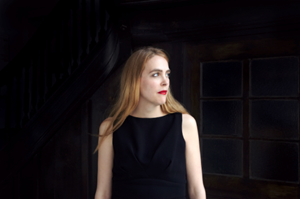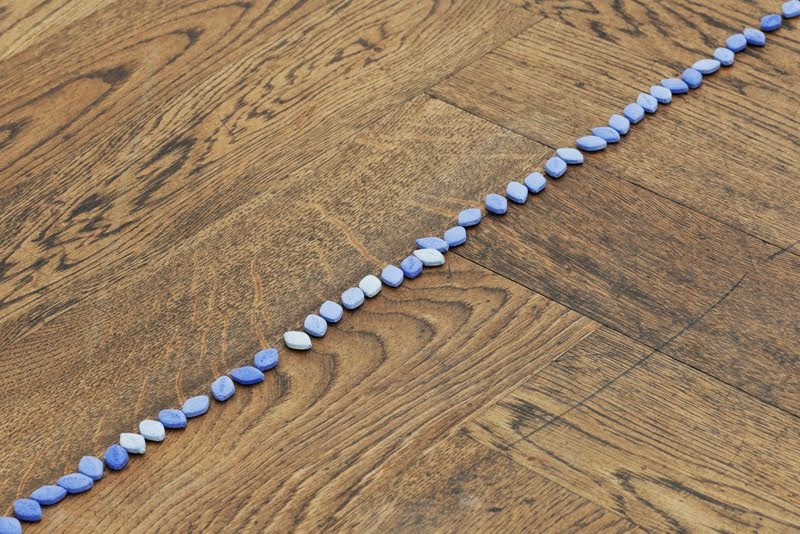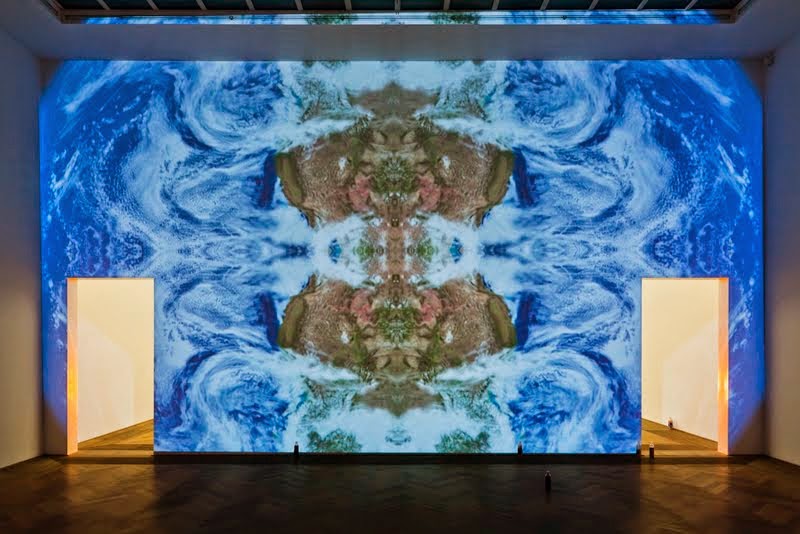
This year the Swiss pavilion will show the work of Pamela Rosenkranz at the 56th edition of the Venice Biennale. The interpretation of artistic vision, alongside the creation of a link between the audience and the artist is the task of a curator. Susanne Pfeffer talks to AD about the curator’s role, the relationship between the artist and the viewer, her preferences in contemporary art and her project for the Venice Biennale.
This year the Swiss pavilion will show the work of Pamela Rosenkranz at the 56th edition of the Venice Biennale. For each artist being presented at this event is an indication of high recognition as well as a path to future prospects. Same for curators: curating a pavilion at the Venice Biennale requires unique vision and the ability to take the risk of showing something completely new, that will, at the same time, be understood. The interpretation of artistic vision, alongside the creation of a link between the audience and the artist is the task of a curator. Susanne Pfeffer talks to Artdependence Magazine about the curator’s role, the relationship between the artist and the viewer, her preferences in contemporary art and her project for the Venice Biennale.
Artdependence Magazine: How did you start your career as a curator?
Susanne Pfeffer: I have always had a very broad historical interest and passion for art. But it was not clear from the beginning if it was going to be directed towards contemporary art, as I originally specialized in the Middle Ages and the Renaissance. What made me decide that I want to work in contemporary art is the lack of historical distance towards the subject matter, which makes evaluating and thinking about the work at once more difficult and more exciting. What is more, I really like to work with artists.
AD: How do you select the curatorial projects you want to work on?
SP: In my research on artistic positions or currents, I am always most interested in and intrigued by phenomena that don’t seem easily accessible at first sight. The issues and approaches I decide to take up are usually those that I want to understand more fully. And it is of course important to ask how these themes are relevant for the specific context in which they will be displayed – the societies, geographies and places. Another aspect that is important in selecting curatorial projects is to define criterions for assessing quality, and to evaluate projects based on an intense process of definition.

Feeding, Fleeing, Fighting, Reproduction. Kunsthalle basel, Switzerland, 2012. Installation view. Photo credit: Gunnar Meier. Courtesy the artist, Karma International, Zurich, and Miguel Abreu Gallery, New York.

Feeding, Fleeing, Fighting, Reproduction. Kunsthalle basel, Switzerland, 2012. Installation view. Photo credit: Gunnar Meier. Courtesy the artist, Karma International, Zurich, and Miguel Abreu Gallery, New York.
AD: What is the priority for you in the curator/artist relation? Do you work with the art or with the artist? Is a personal bond with the artist important?
SP: One of the things I appreciate the most about working in contemporary art is that each exhibition and project teaches me new ways of seeing and thinking, every time. This is why I like to focus on new productions a lot. Also, I enjoy working with artists on multiple occasions because it’s great to follow and engage with how they develop new ideas or change their approach over time.
AD: You have been working as director of the Fridericianum in Kassel since June 2013. What has been your most unforgettable exhibition so far?
SP: I am always fully concentrated on the exhibitions I am working on at the moment. For this reason I cannot answer this question myself and would leave it up to others...

Pamela Rosenkranz, Photo by Marc Asekhame
AD: Please tell us about the project of the Swiss Pavilion at the Venice Biennale. What themes are you willing to cover through the project and what is the message?
SP: The issues are of course mostly formulated by Pamela and her practice as an artist. It is great working with her in this sense. Her work engages with contemporary philosophical thinking, advances in medical technology, consumer behavior, and new insights in neurobiological research, among others. In doing so, she raises important questions about the place of the body and human subjectivity in a rapidly transforming present.
AD: Do you think that art is truly international and could be understood everywhere equally well or does it need a certain background, some historical knowledge of the country where it was created, facts about the artist, or perhaps the prerequisites to its creation. Also, do you think a curator should explain/ interpret or at least give hints for understanding art, in general and with regards to the project at the Venice Biennale in particular?
SP: Art is a quest for truth. And I believe that it is the responsibility of the curator to make visible the complex research involved in this quest. This kind of characterization is very much true for Pamela’s practice as her work involves engagements with equally complex and pressing issues as well as contemporary models and theories that address these changing realities.
AD: What are your plans after curating the Swiss pavilion at the Venice Biennale?
SP: At the moment, I am entirely focused on the Biennale. It is almost as if “after” Our Product doesn’t exist.
AD: What are your personal preferences in art and what is your dream exhibition?
SP: My personal preferences are always reflected in my curatorial work. I always show what I am most interested in and try hard to realize a good exhibition with every project…

The Great Acceleration. Taipei Biennial, Taiwan, 2014. Installation view. Courtesy the artist, Miguel Abreu Gallery, New York, and Taipei Fine Arts Museum / Taipei Biennale 2014.

Loop Revolution, 2012. Video projection with sound. Dimensions variable. Edition 1 of 3+2 AP. Photo credit: Gunnar Meier. Courtesy the artist, Karma International, Zurich, and Miguel Abreu Gallery, New York.
Image above: Susanne Pfeffer, © Angela Bergling.

ArtDependence Magazine is an international magazine covering all spheres of contemporary art, as well as modern and classical art.
ArtDependence features the latest art news, highlighting interviews with today’s most influential artists, galleries, curators, collectors, fair directors and individuals at the axis of the arts.
The magazine also covers series of articles and reviews on critical art events, new publications and other foremost happenings in the art world.
If you would like to submit events or editorial content to ArtDependence Magazine, please feel free to reach the magazine via the contact page.